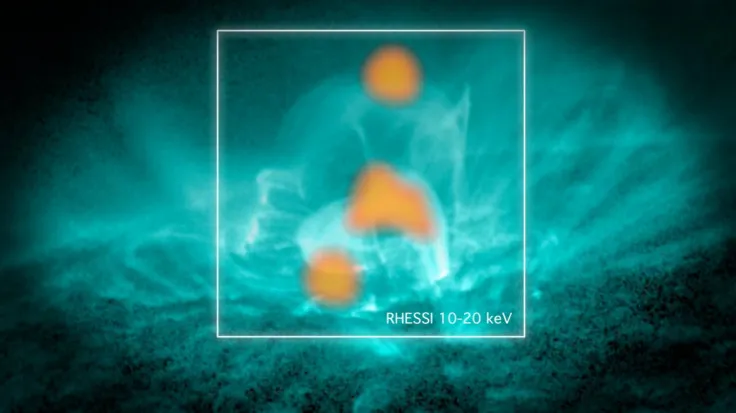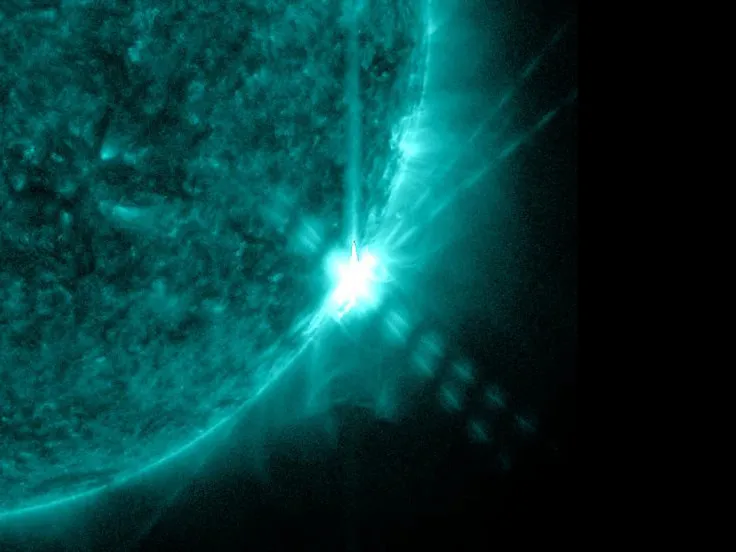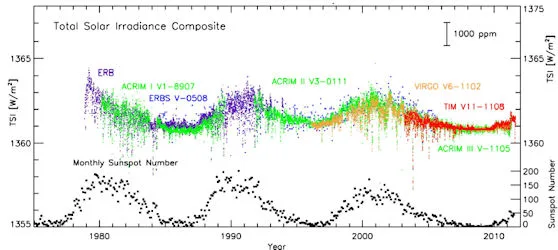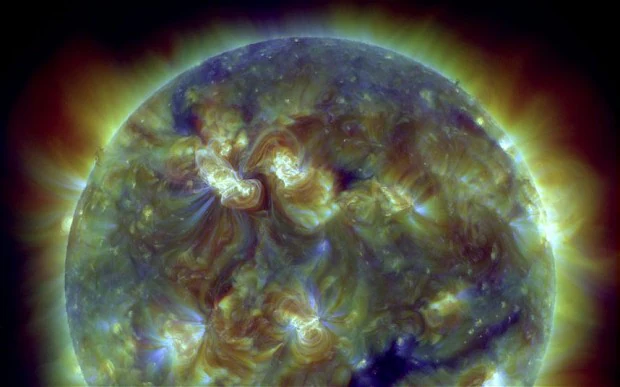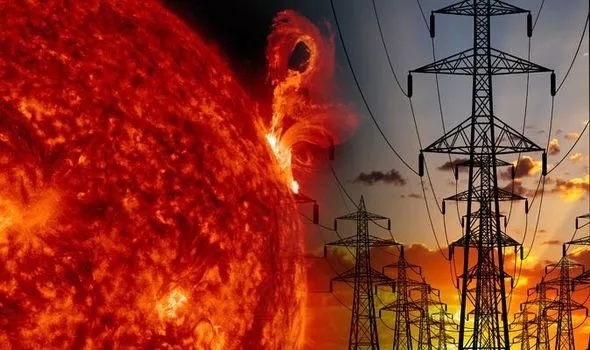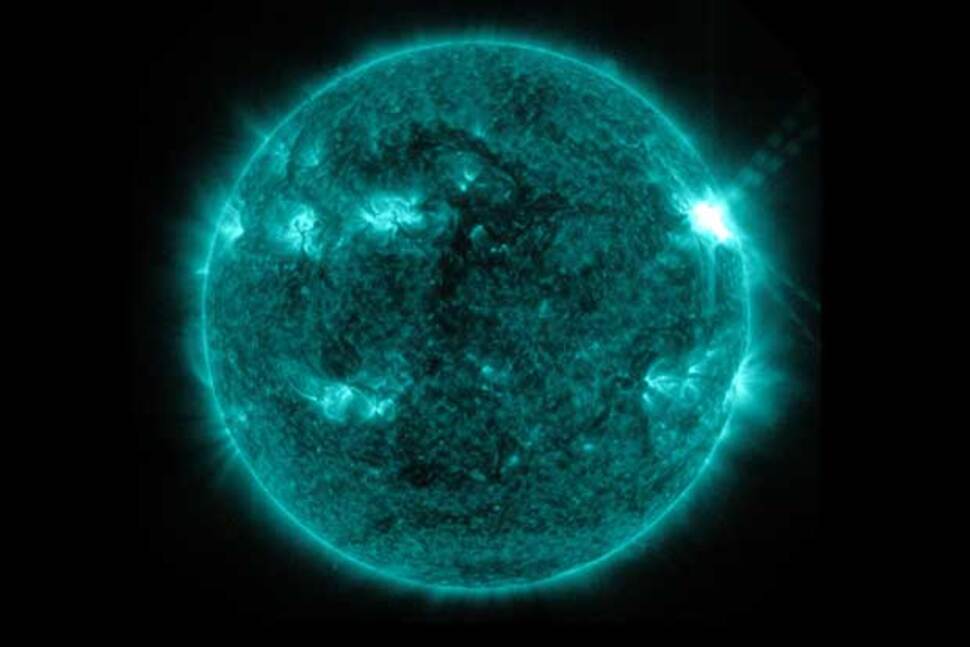A report highlights the vulnerability of the U.S. power grid to solar storms, particularly coronal mass ejections (CMEs). An event similar to the 1859 Carrington Event could cripple modern infrastructure, leading to power outages lasting up to two years in some areas. The economic impact of such a disaster is estimated at $2.6 trillion. The report emphasizes the need for improved preparedness and infrastructure resilience to mitigate the potential effects of severe space weather events.

